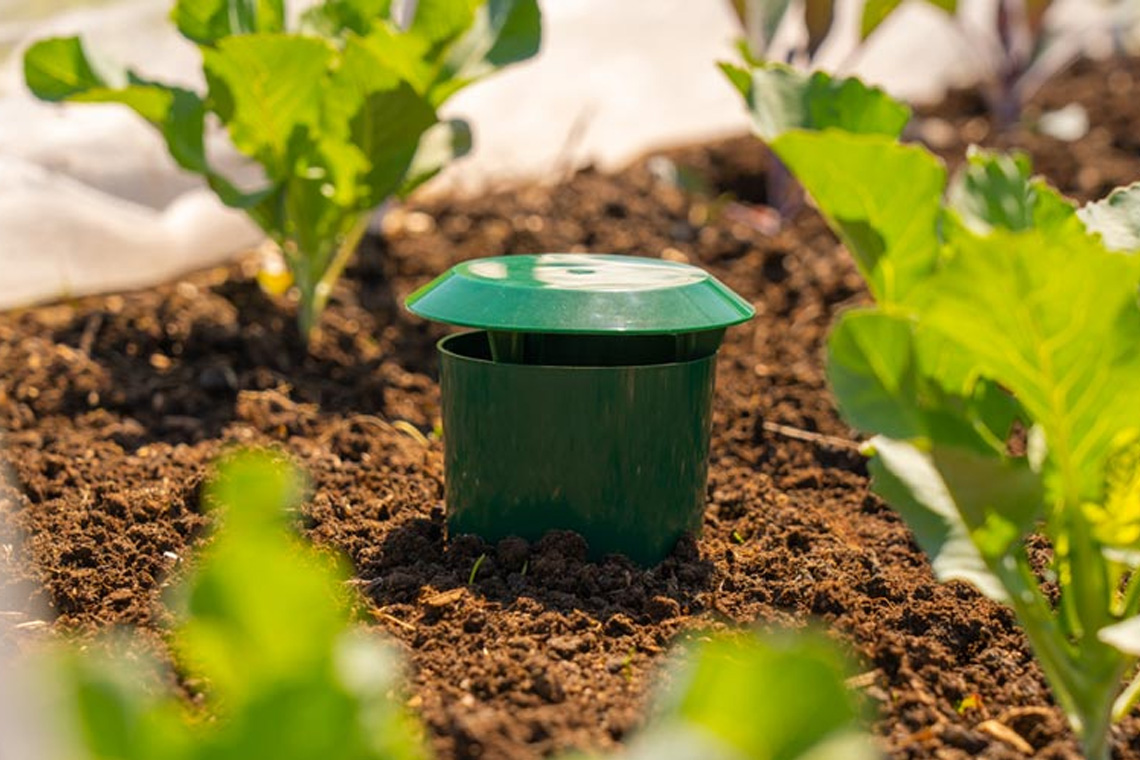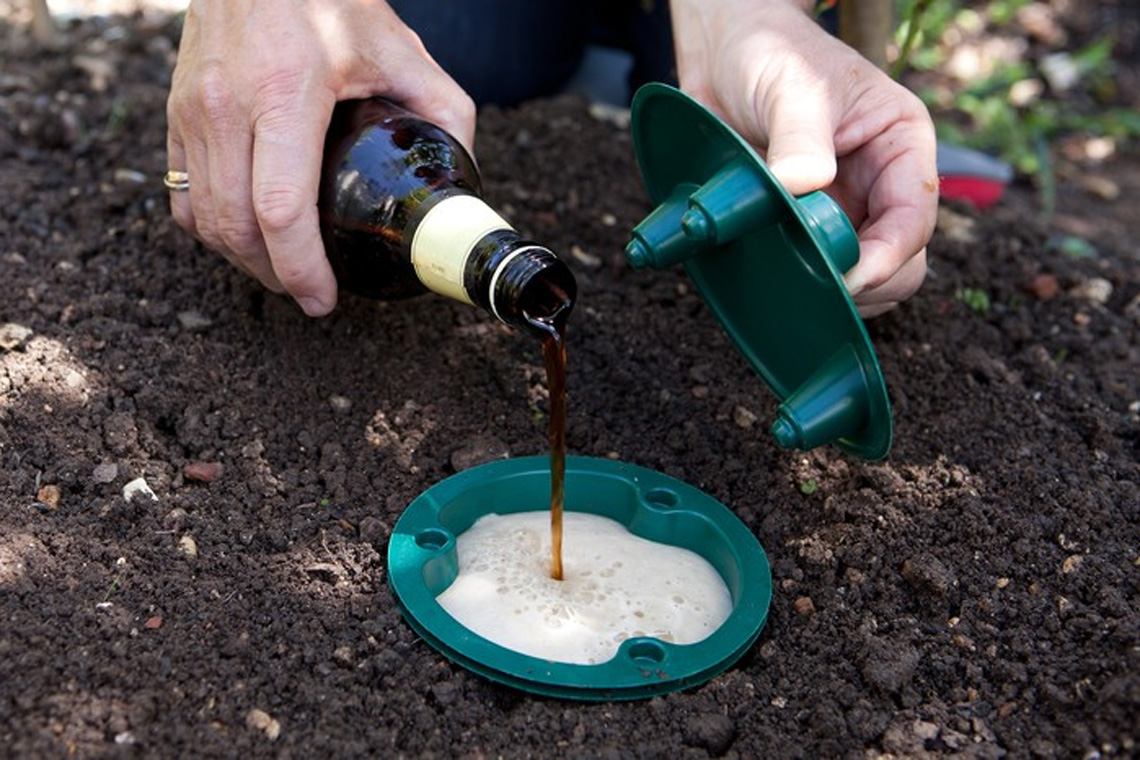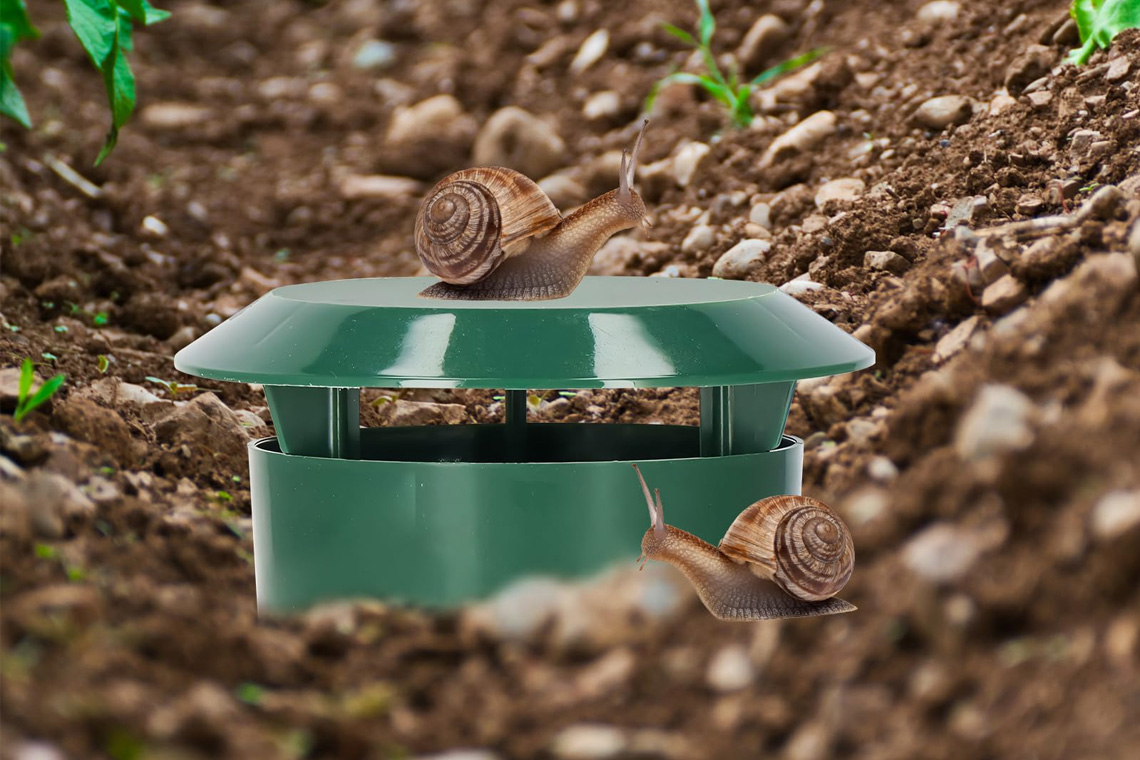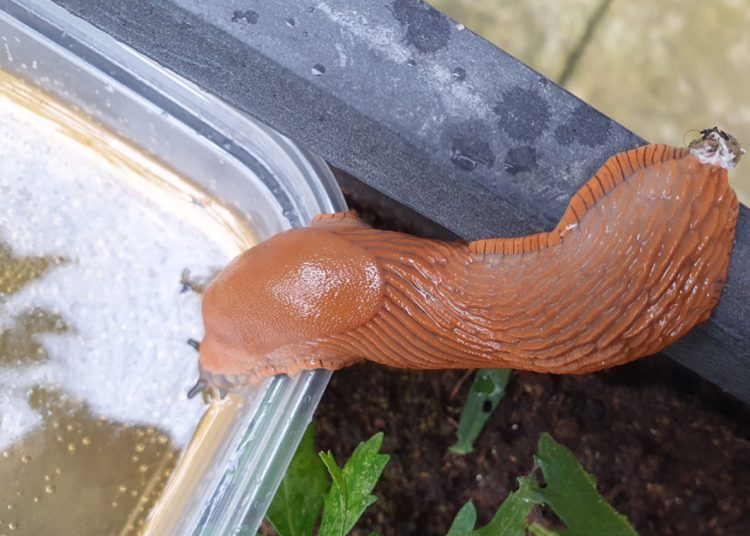Slugs can be a gardener’s worst enemy, munching through plants, vegetables, and flowers. While there are many ways to control these slimy pests, one of the most popular, eco-friendly, and effective methods is using a beer trap. This simple solution is not only easy to make, but it also helps you tackle a slug problem without the use of harsh chemicals. Let’s explore how to create and use a beer trap for slugs.
Why Beer?

Slugs and snails are attracted to the smell of yeast and fermented liquids, making beer the perfect bait for a slug trap. When slugs consume the beer, it disrupts their nervous system, ultimately causing them to become disoriented and eventually die. The alcohol content in the beer, while not strong enough to kill plants or pets, is lethal to these pests when consumed in large quantities.
Materials You’ll Need
- A shallow container: This can be a small bowl, plastic cup, or any shallow dish that is wide enough for slugs to easily crawl into.
- Beer: Any beer will do, but flat or stale beer works best because it has already released most of its carbonation, which makes it more attractive to slugs.
- A trowel or shovel: To dig a hole in the ground for the trap.
- Optional: A lid or cover: To prevent rain from filling the trap or to cover the beer from pets if necessary.
Step-by-Step guide to Make a Beer Trap for Slugs
1. Choose a Location
Select a spot in your garden where you’ve seen slugs, or where you know they tend to congregate. Slugs are nocturnal creatures, and they are most active in damp, shady areas. Places near plants they love to eat, such as lettuce, spinach, or young seedlings, are prime locations for your beer trap.
2. Dig a Hole
Using a trowel or shovel, dig a hole in the ground that is deep enough to submerge your shallow container. The top of the container should be level with the soil surface so that slugs can easily crawl in and out. If the hole is too shallow, the slugs may have difficulty reaching the beer.
3. Place the Container
Once the hole is dug, place your container in the hole, making sure it is stable and won’t tip over. The edges of the container should be flush with the surrounding ground, allowing slugs to climb in from all directions.

4. Pour in the Beer
Next, pour enough beer into the container to fill it about halfway. You don’t need to fill it all the way, as slugs only need to drink a little. If you have leftover beer that has gone flat, this is the perfect time to use it! Just remember to avoid using beer that’s too fizzy, as the bubbles can cause the trap to lose its effectiveness.

5. Cover the Trap (Optional)
If you live in a rainy area, or if pets might be a concern, you can cover the trap with a lid or plastic cover. This will keep the beer from being diluted by rainwater and will keep your pets from getting into the trap.
6. Wait and Check Regularly
Now, all that’s left to do is wait. Check the beer trap every day or two. Slugs will be attracted to the beer, crawl in, and fall into the liquid. Once inside, they may not be able to escape due to their slippery bodies, and they’ll eventually die. Be sure to dispose of any trapped slugs and refill the beer if necessary.

Tips for Success
Use Stale Beer: If you have beer that’s been sitting around and gone flat, it’s ideal for slug traps. Fresh beer still works, but stale beer is even more attractive to slugs.
- Position Multiple Traps: If you have a large garden, or if slugs are widespread, you may need more than one beer trap. Place them in different areas where you’ve seen slug activity.
- Set Traps at Night: Slugs are most active at night, so setting the traps in the evening or late afternoon will give you the best results.
- Monitor and Maintain: Check the traps regularly to make sure they aren’t overflowing with slugs or rainwater. Refresh the beer as needed to keep it appealing to the slugs.
- Avoid Using Strongly Scented or Flavored Beer: Stick to regular beer or light beers, as stronger flavors might not be as effective for attracting slugs.
Pros of Using Beer Traps
- Eco-Friendly: Beer traps are a natural, chemical-free way to reduce slug populations, making them safe for your garden, pets, and wildlife.
- Easy to Make: Beer traps require minimal materials and effort, making them an affordable solution for slug control.
- Effective: This method targets slugs directly, removing them from your garden without harming plants.
- Reusable: Simply dispose of the slugs and refresh the beer in the trap.
Conclusion
Beer traps offer an inexpensive, eco-friendly way to tackle a slug problem in your garden. By attracting and capturing these pests, you can protect your plants from their voracious appetites. By following the simple steps outlined above, you can quickly set up your own beer traps and watch as they work to eliminate slugs naturally. Happy gardening!
















